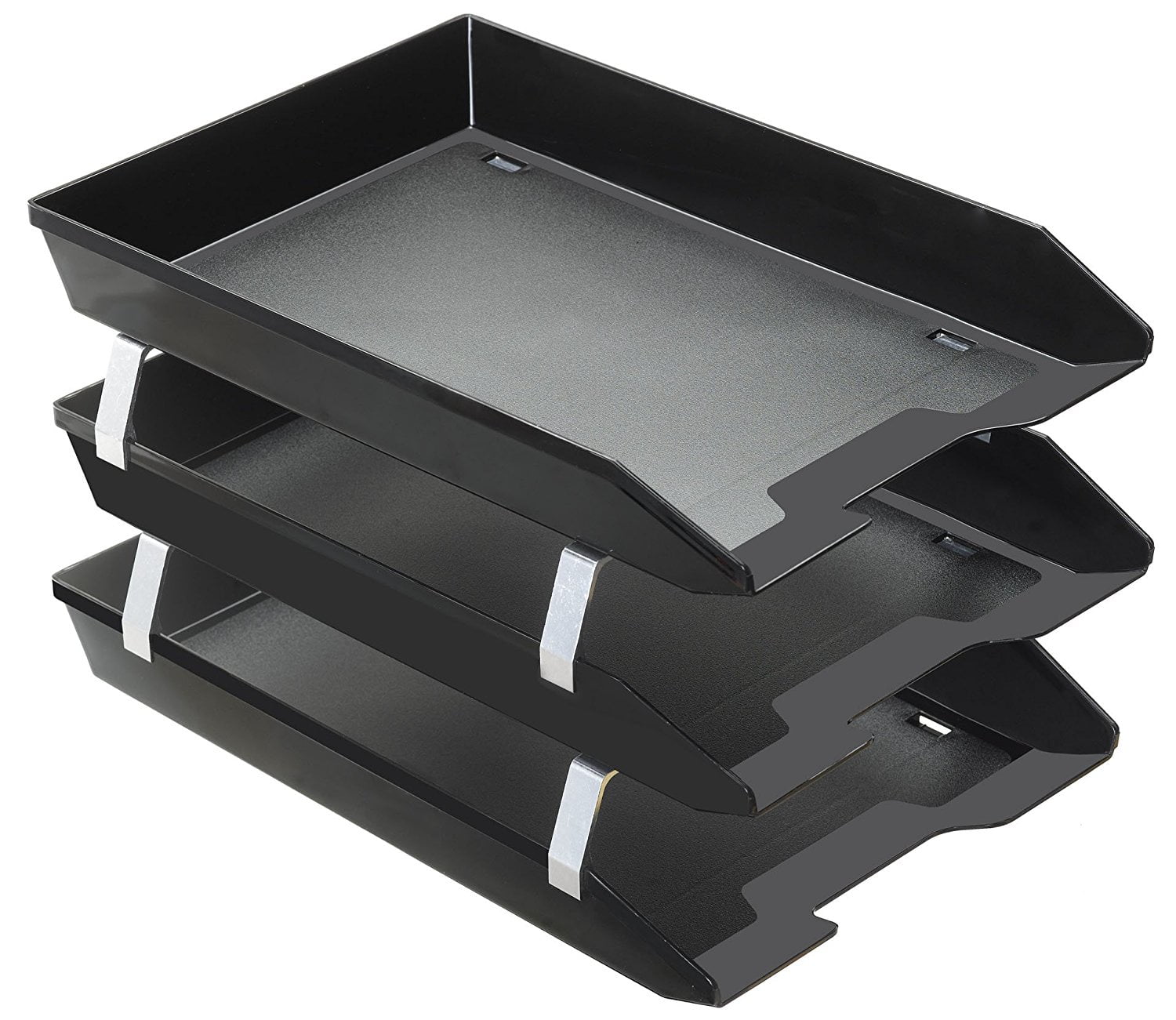
- #Desktop file storage how to
- #Desktop file storage update
- #Desktop file storage mac
- #Desktop file storage windows
In this blog post, we are going to have a look at how you can automatically upload files to an Azure Blob storage account using Power Automate Desktop. See the original author and article here. It takes a while to adapt to, but in the end you will be able to show people photos from that road trip last spring much faster.This article is contributed.
#Desktop file storage mac
In addition, it’s always good to keep things on the Mac organized in individual folders. Now the battery life will last longer, the computer will be faster, Finder won’t hate you, and so on. I’ve explained how things can get unnecessarily cluttered and slow down to nearly unusable levels if you let the Desktop run rampant.
#Desktop file storage how to
In this tutorial I’ve shown you how to keep the Desktop tidy.
#Desktop file storage windows
In the General tab, look for the drop-down below New Finder windows show and select one of the available options, or Other to use a custom folder.Īdditionally, you could drag some of your most used folders to the right side of the Dock (near the trash can) to pin them there for quick browsing. If you like having things one click away, you could change the folder that Finder opens to by default. You don’t need to be searching the entire computer for something in the future when you can take a few solid organizational measures now. The same goes for documents that pertain to a specific project. Pictures from a certain month or event should be in a folder with the respective name. It may be worth spending a few hours going through what’s on the Desktop, moving things to their respective locations. Tidy, but it still shouldn't be on the desktop. In fact, it’s one of the messiest ways to store things on the Mac.Īpple gave you folders like Documents, Music, and Pictures for a reason. In truth, putting things on your Desktop because it’s easy is not a sound, productive or organizational strategy. At this point, they’ve actually created the file system they found confusing. The cycle continues until they’ve created folders within those Old Desktop folders to accommodate their need to work on different projects. Then, when it becomes too cluttered, they move it all into a folder appropriately titled Old Desktop. Merlin Mann mentioned on an episode of 5by5’s Back to Work podcast that many people don’t understand the concept of a file system, so they drop everything on the Desktop. Next I’ll go over some additional organizational tactics for the files. If not, at least you did something with all those files. There should have been a noticeable improvement in your computer’s speed, especially in Finder’s operation. Restart the Mac and evaluate the difference. Move the folder to the user’s Documents folder by dragging and dropping it to the sidebar link in Finder titled Documents. Drag and drop all the files into the folder. Deselect the folder you just created by holding the Command key and clicking it. Select all the files on the Desktop, either by clicking Edit, Select All or using the keyboard shortcut, Command-A. Name it something fitting like Old Desktop and press enter. Begin by creating a new folder on the Desktop, either by clicking File and selecting New Folder or pressing Command-Shift-N. It may be worth a quick experiment of moving all that stuff to see if the speed improves. You may not have even noticed your computer slowing down, possibly because it happened over time as you added more items to the Desktop. Having all these thumbnails in the RAM slowed my Mac to a halt. This means your Mac can become extremely slow. The tool is always ready with previews, so when you have a lot of documents on the Desktop, all those previews will have to be temporarily stored in the RAM. While Quick Look is a fantastic tool to have, it will be your enemy if you keep Pages or Word documents, images, videos, music with artwork, and anything else it supports previewing on the Desktop. There are many different file types supported, from MP3 and AAC to JPEG and MP4. It allows you to select an item and preview it with a quick tap of the spacebar. Quick Look is one of my favorite features in OS X. 
In this tutorial, I’ll outline several reasons why you need to keep the Desktop clear and explain how to do it more effectively. The thing is, they probably don’t know how much it slows down their Mac.

These people have adjusted the icon size to 16x16 pixels just to fit it all on the display. I usually don’t have to mention the Desktop, unless it’s really bad.

#Desktop file storage update
I usually ensure they have enough RAM to run the latest version of OS X, update everything, clean out some caches if the hard drive is near full, and advise they reorganize things. Over the years, I’ve repaired many computers.







 0 kommentar(er)
0 kommentar(er)
